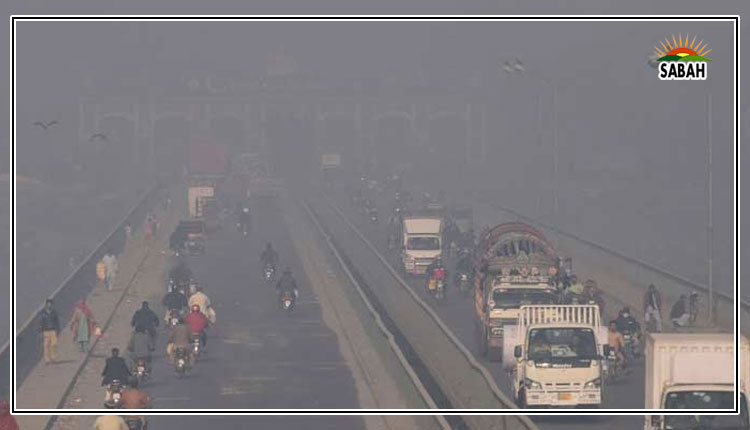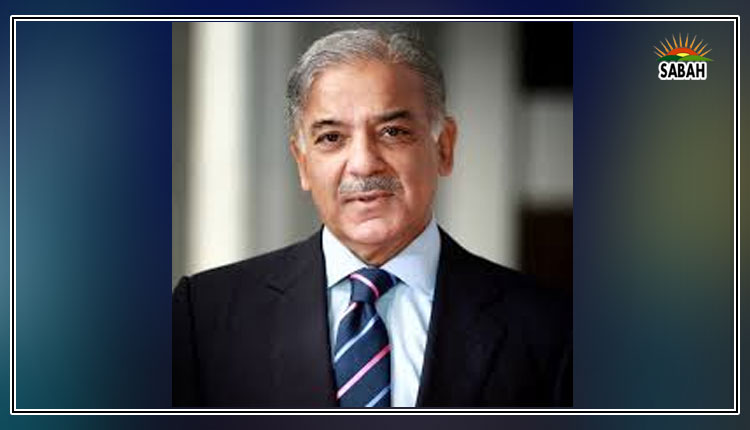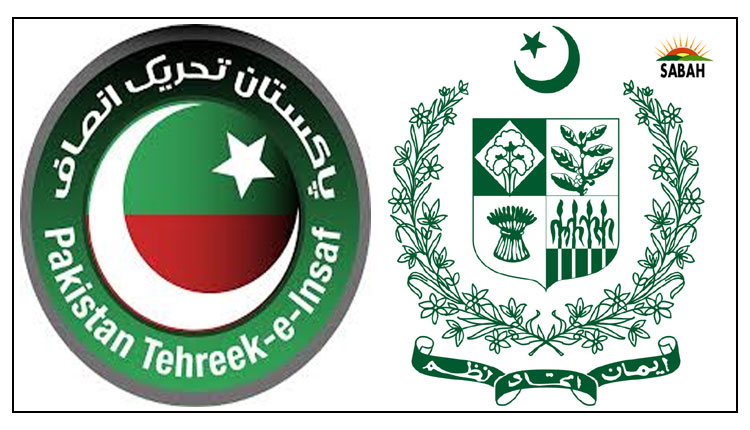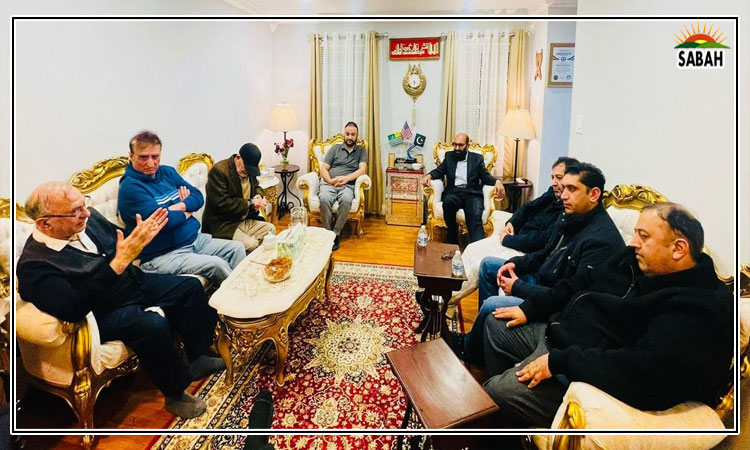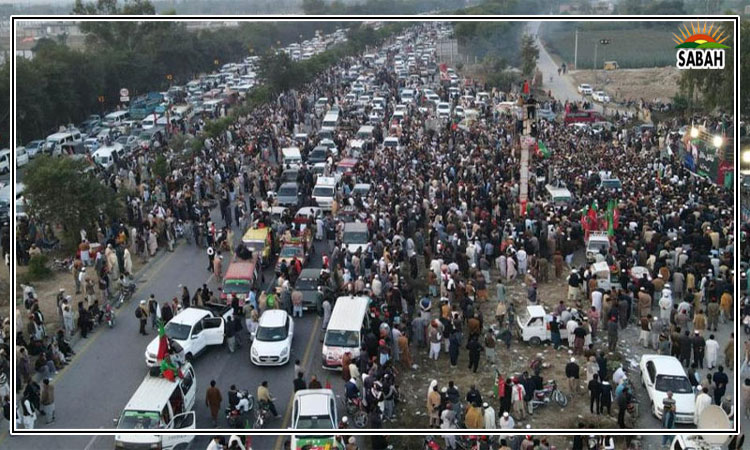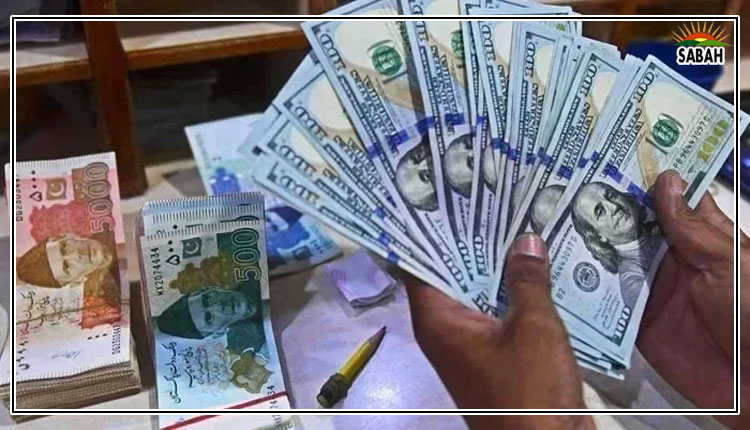Stubborn problems… Dr Amjad Waheed
Asset monetization can unlock the potential of unutilized and underutilized government assets by the private sector
Pakistans economy faces the challenge of huge government debt, inefficient management of government assets, and inadequate government resources to develop quality infrastructure. The solution lies in either privatization or monetization of government assets, and where privatization is not possible, asset monetization is the solution.
Asset monetization entails the leasing of government assets to a private-sector entity for a certain period; the ownership of the asset remains with the government. The upfront and periodic proceeds from the leased assets should be used to reduce government debt, which is increasingly becoming unsustainable. This will also stop the bleeding of government assets in the form of losses, inefficiencies and/or corruption.
The private sector can act more dynamically to improve the quality of services and operational efficiencies of these assets. Also, it can inject further capital to develop and grow these assets, at a time when government development spending is constrained.
The federal governments development spending in the first half of FY24 has been only Rs130 billion, which is only 0.1 per cent of Pakistans GDP.
Asset monetization schemes have been introduced in several countries, including India (2021), Australia (2015) and Indonesia (2020). In line with other countries, Pakistan may consider monetizing roads, highways, railways, airports, shipping ports, power generation, distribution and transmission, natural gas pipelines, civil aviation, housing, stadiums, urban affairs, education and health institutions, and surplus land owned by the government and its departments/bodies.
India raised $12 billion from asset monetization in 2021/22, and is targeting over $20 billion per annum in the coming years. The Pakistan government should ensure that 100 per cent of the monetization proceeds go towards the repayment of existing debt, and not become part of the annual budget revenue.
Proceeds received from the monetization of assets of the provincial governments should be used for investment in human development education, basic health care, clean drinking water, population planning, food security, etc where Pakistan is ranked amongst the lowest in the world.
Parties that lease government assets include domestic and foreign businesses, sovereign wealth funds, real estate investment funds (REITs), infrastructure investment trusts (InvIT), pension funds, insurance companies, and other financial institutions. The selection of the lessee (party) is made via a competitive bidding process. The lease time period typically ranges from 10 to 30 years. Lease payments are made to the government either upfront or periodically. The typical contractual modes are: a) operate-maintain-transfer; b) tolloperatetransfer; and c) operate-maintain-develop/expand-transfer.
Asset monetization can unlock the potential of unutilized and underutilized government assets by the private sector, which brings in capital, entrepreneurship, technical and professional know-how, and managerial skills.
Proceeds from asset monetization can help the federal government reduce its growing debt, and provincial governments invest in human capital. The newly elected government is requested to seriously consider this option.
Courtesy The News


